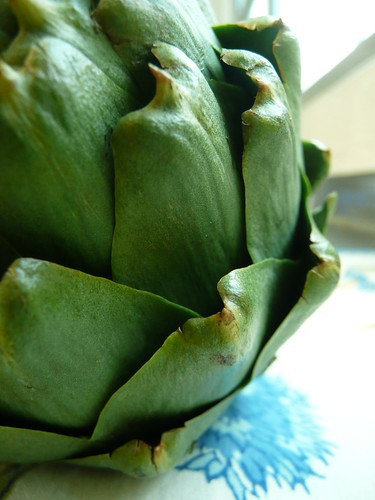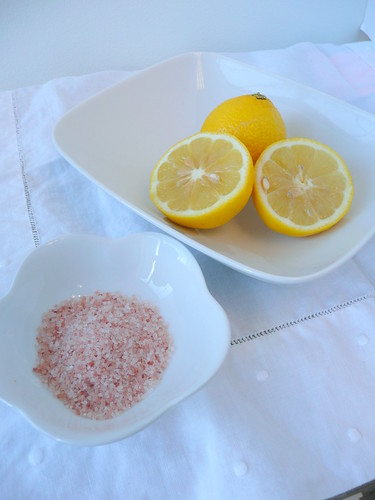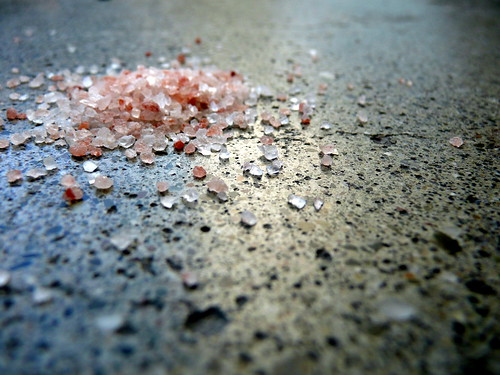I am clearly a cook and a food enthusiast, but I also have considered myself an artist at times. I took visual art classes throughout high school, mostly drawing but also a bit of photography. And although I have been a dancer all my life, my current practice of taking one ballet class per week doesn't make me feel like much of an "artist." But this class has expanded my view of what I do with food as legitimate art. I create, I plate, I photograph, and I write. These are all artistic endeavors, and I feel very fulfilled knowing that I have not forsaken creating art but have merely changed mediums: I work with the art of food.

I might show you photos from other class sessions in later posts--I'm partway through making a tart with foraged blackberries from class--but these photographs are all from tonight. Clare Barboza, an incredibly talented local food photographer, was our teacher and our inspiration this evening.

Clare's tips for shooting food were very straightforward and easy to understand. It's amazing how complicated it all gets, though, as the simple instructions add up.
First: it's all about the light. Turn off your flash. Put your food by a window. Use a tripod or steady your camera if need be. You usually want to avoid harsh direct light; diffuse or reflected light will make food more appetizing.

Depth of field: It's hard to get much variation in focus with a point-and-shoot camera, but do play around with what is in your foreground and background. Clare calls this "thinking in layers." If you have a manual camera, consider using a smaller aperture to get a wider lens opening and a shallower range of what will be in focus. The hazy glow of a nicely blurred background is much more aesthetically pleasing than seeing all the junk on the wall behind the table.

Vary your angle. Shoot very close--I love macros, partially because my poor little point-and-shoot does have a slightly shallower depth of field on the macro setting. But try other things: shoot from the side, from directly above, from underneath even. Find a new vantage point.

Small food, or small amounts of food, photographs better. Use a dish that's smaller than what you'd want for dinner, and plate less food than you'd actually eat. Let the details shine.

Think about composition. Diagonals are your friend. If your food doesn't have diagonals, create them in your plating or the placement of your dishes. Put your subject off-center; something smack-dab in the middle of the picture is less interesting. Cut off half of your subject. Consider the rule of thirds. Work in odd numbers.

Crop wisely. This picture, in its original horizontal orientation, was a bit troubling. There was a big spot of nothing in the center, with too much balance in the objects around the edge, placed 1-2-3 just so. Cropped to square, it is much more dynamic.

Finally, practice. Practice, practice, and then practice some more. You don't need to be a cook to photograph food--just buy some beautiful produce and create a still life. Something as simple as slicing a lemon in half can bring so much "cooking" feel with essentially no preparation time.

And of course, have fun!
No comments:
Post a Comment